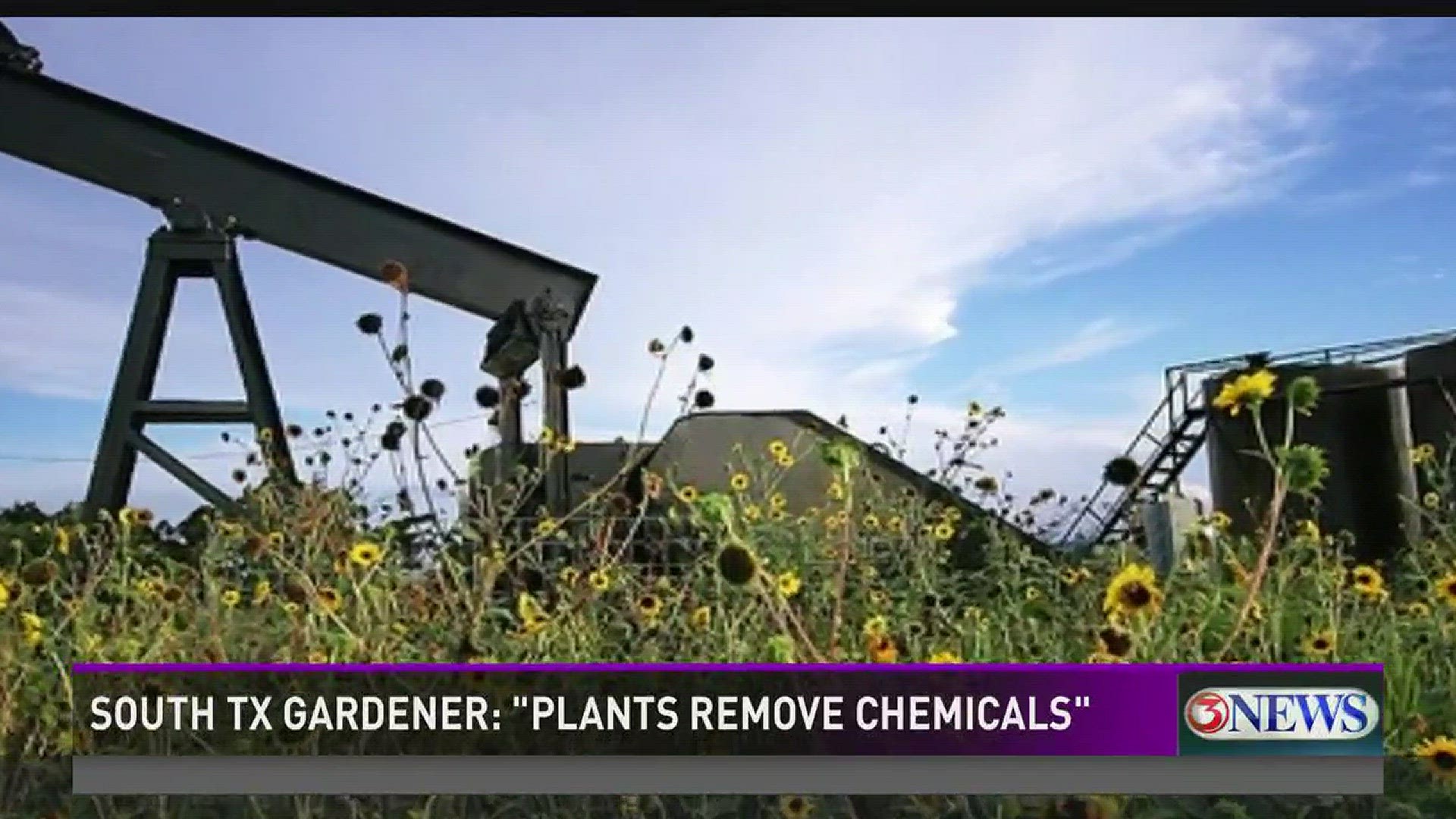The South Texas Gardener, Gabriel Vega joined us on 3 News First Edition to talk about plants that remove hazardous chemicals from the environment.
Phytoremediation is a natural way to pull chemical pollutants out of the air, soil and water by growing plants that will bioaccumulate hazards chemicals like pesticides, PAHs (polycyclic aromatic hydrocarbons) and heavy metals.
The first plant is Indian Mustard which was documented to remove radioactive chemical byproduct known as Cs137 from Chernobyl.
The second is the poplar tree or eastern cotton wood. This plant has been used and studied in Fort Worth Air Force plant 4 in a effort to reduce TCE Trichloroethene with great results. Canadian database for bioremediation has remarked that they have seen degradation of benzene a aromatic hydrocarbon found in gasoline.
Third is the sunflower. this can also reduce Other PAHs as well. Researchers found that a one month old sunflower was able to absorb 95% of the uranium it was exposed to in a experiment called Influence of the Sunflower Rhizosphere biodegradation of PAHs in the Soil.

